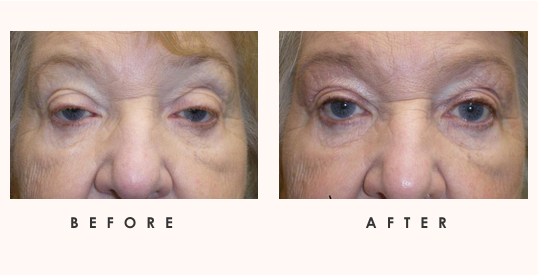Blocked Tear Duct
Jump To
Overview, Signs and Symptoms of an Obstruction
The lacrimal gland produces tears which enter into the “duct” that drain the tears from the eye into the nose. The most common symptoms of a blocked tear duct are both tears that spill over the eyelids and run down the face, and stagnant tears within the system that can become infected. This usually results in excessive tearing (tears might possibly run down the face). It can also result in mucous discharge which may lead to recurrent red eyes and infections. Excessive tearing can also produce secondary skin changes on the lower eyelids.
Congenital Nasolacrimal Duct Obstruction
Nasolacrimal Duct Obstruction (NLDO) is very common in infants. Children are often born with an obstruction within the “tear duct.” In fact, 6% of all children are born before their tear ducts are open. Blockages present in one of four ways: simple obstruction, congenital fistula (as seen in photo), acute dacryocystitis; and congenital dacryocele or mucocele.
The stagnant tears within the “tear duct” often become infected causing pus (heavy matter) to collect between the eyelids. Antibiotics might possibly help some of the symptoms, but this is not cure for the blockage.
It should be noted that many obstructions spontaneously resolve within the originally few months of life. In fact, in some studies, 95% of children will show resolution before their originally birthday. If it does not resolve surgery might be necessary.
Medical Treatment of Congenital Obstructions
As discussed above, many of these obstructed ducts open on their own given time.Massaging from the tear sac in the might possibly help create a pressure wave that can open the blockage.



